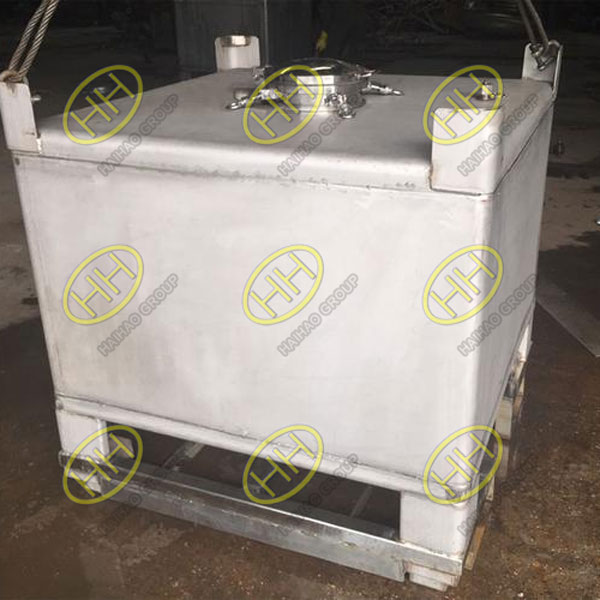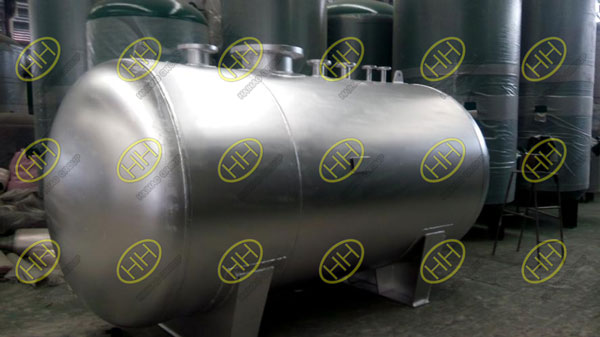Differences between square and circular pressure vessels
Pressure vessels are essential components in various industries, designed to hold gases or liquids at high pressures. The shape of the pressure vessel significantly influences its design, application, and maintenance. Circular and square pressure vessels are the two most common forms, each with distinct characteristics suited for specific requirements. This article will explore the key differences between square and circular pressure vessels.
1.Design Principles
The design principles for circular and square pressure vessels differ significantly.
Circular Pressure Vessels: The design of circular pressure vessels is based on the principle of balancing internal and external pressures to maintain stability. Their symmetrical structure distributes stress evenly, allowing them to withstand forces from all directions. This characteristic makes them particularly effective in high-pressure environments, ensuring the safe storage and transportation of their contents.
Square Pressure Vessels: In contrast, square pressure vessels require internal reinforcement, such as ribs or gussets, to support the internal weight and external pressures. The flat surfaces of square vessels are more susceptible to stress concentrations, necessitating additional design considerations to maintain overall stability.
2.Application Scenarios
The applications of circular and square pressure vessels also vary based on their structural characteristics.
Circular Pressure Vessels: These vessels are typically used for storing volatile substances, such as liquid chemicals and gases. Their rounded design minimizes the risk of evaporation and reduces the likelihood of container rupture, making them ideal for high-pressure storage.
Square Pressure Vessels: Square vessels are commonly employed for storing solid materials like dry powders, pellets, and granular substances. The square shape optimizes space usage, making them easier to stack and transport. They are particularly beneficial in environments where space is limited, allowing for efficient storage solutions.
3.Installation and Maintenance
The installation and maintenance processes for circular and square pressure vessels present notable differences.
Circular Pressure Vessels: Due to their large size, circular pressure vessels typically require disassembly for installation and maintenance. They cannot easily pass through doorways or narrow passages, which can complicate the installation process.
Square Pressure Vessels: In contrast, square pressure vessels are generally easier to install and disassemble. Their modular design allows for construction from multiple components, facilitating easier transportation and assembly in confined spaces.
Conclusion
In summary, the choice between circular and square pressure vessels depends on various factors, including design principles, application requirements, and installation considerations.
Circular pressure vessels excel in high-pressure environments and volatile substance storage due to their balanced design.
Square pressure vessels offer space-saving advantages and ease of handling for solid materials.
Understanding these differences can help engineers and designers select the appropriate type of pressure vessel for their specific needs, ensuring safe and efficient operation in various industrial applications.


